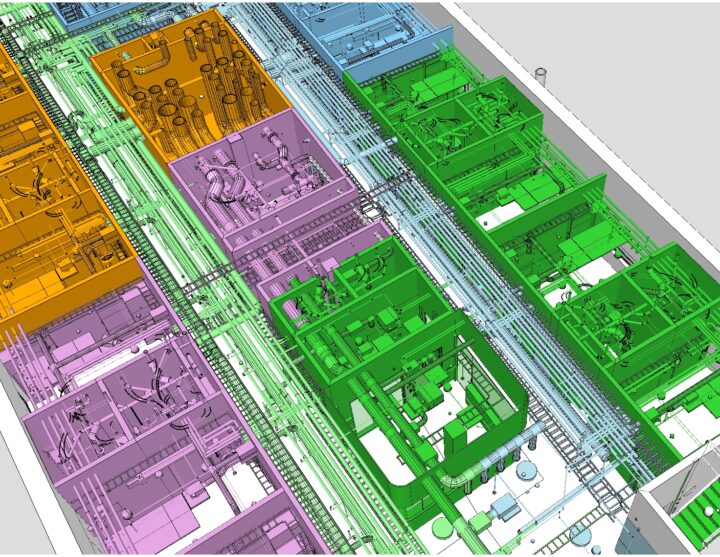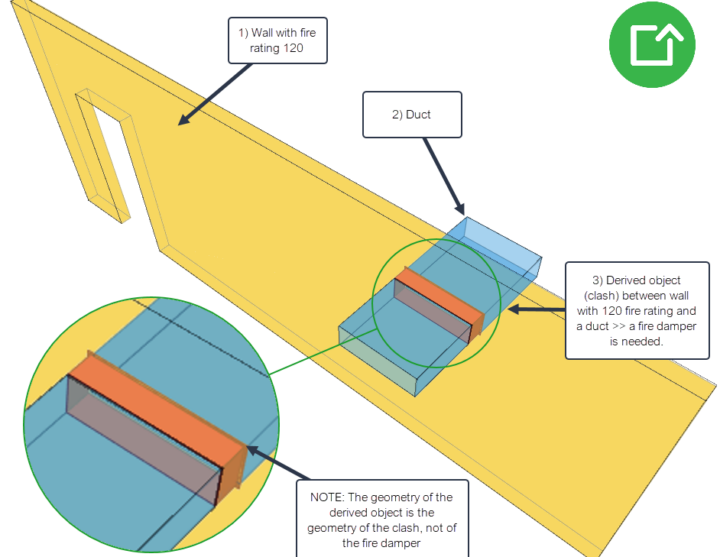Reducing BIM Requirements
02.06.2022
Nobody really likes BIM requirements, but it is generally accepted that they are needed for making BIM exchange work. Unfortunately, when BIM exchange does not work, the gut instinct is to try to fix this by adding more requirements, certification, BIM coordination, model checking and issue management. We have been on this path for about 27 years now. Is there any real chance this approach will ever work? Should we finally start looking in the opposite direction, at reducing the requirements? We think so.

Common mistakes
There are two common mistakes with BIM requirements; the first one is to require data that is not defined by the model author and the second one is to require data to be organized in a way that is foreign to the model author. We should also be able to look past the software that is commonly used today and to see how new types of software can solve these issues in much more elegant ways. Let’s go shortly through these issues one by one.
Require only what model authors create
BIM does not automatically change the roles and responsibilities of the people participating in design, construction and facility management. It does not turn architects into quantity surveyors or construction companies into facility managers. The fact that a BIM can contain information needed by all of these parties does not mean that this information somehow magically appears into the BIM. So the requirements for BIM exchange should only include information that is designed or defined by the model author. For example a model delivered to a construction company should not be required to contain location information, such as construction sections, because this is something the construction company decides and manages.
Organize required data in a natural way
When the model author does define information, it should be exchanged organized in a way that is natural to the model author. Hierarchical classification systems are an example of un-natural structuring of information. The architect for example knows that an object represents an exterior wall, and it is perfectly fine to require that this information is exchanged. But it would be wrong to force the architect to learn a classification system used by a quantity surveyor and to demand that all objects are exchanged classified correctly according to this system. Why should the designer provide this service, when that user can classify the model herself using the information provided by the designer? Even more so because the ‘atomic data’ provided by the model author can be used by many different parties for classifying the model each in their own specific way.
Let technology do the heavy lifting
Last but not least the possibilities of software. We must of course work with the software we are using today, but don’t be fooled to think this is all that software can be. I’m not talking about some next generation, artificial intelligence driven super-software, but about software that simply implements a different idea.
BIM requirements could for example include different quantities for objects, such as an area for a wall. But that area of a wall can be calculated in many different ways. This leads to the need to define the method in which this area is calculated. But understanding and using this method is not really the job of the designer and how can anybody really trust that this area has been calculated correctly? What if the quantity surveyor instead had a solution that calculates this quantity from the geometry of the wall object, always using the correct rules in a consistent and reliable way? This would mean that the BIM requirement for this quantity could be completely dropped.
What if we separate data requirement from data structure requirement? Right now the name of a space must be exchanged using a very specific property, but what if any property would do as long as it contains the correct values. How hard can it be for an algorithm to find out which property contains the space name this time? And what if the space name does not have to be exactly right, but can be misspelled or be an abbreviation? Any first year programming student can write the code that accepts ‘Meeting’, ‘meeting’, ‘Meting’, ‘Mtg’ and ‘Mtg.’ as the same thing. Requiring humans to work like machine just because software developers are lazy or lack imagination does not make much sense.
How can we reduce BIM requirements?
First we require only information that is created by the model author and we require this information structured in a way that is natural to the model author, not the model user. Then we actively look for technological solutions that ease the burden. Every time we can use technology to shoot down a BIM requirement we are one step closer to making BIM exchange work in the real world. By the way, this is not an idea for tomorrow. We have implemented this approach for the last 13 years in Simplebim and you can start using it today. Let’s make this the end of bloated BIM requirements that are based on bad ideas. Let’s work towards a better future with less and less requirements, because that is the way to go!


